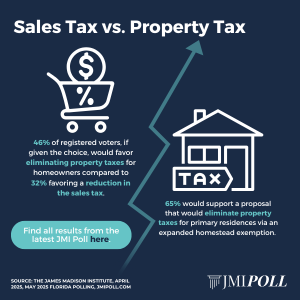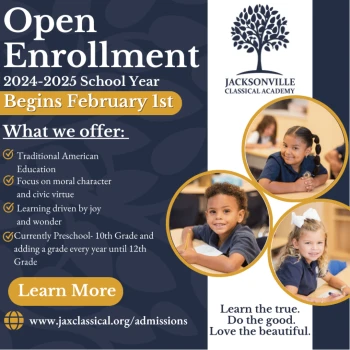The U.S. Postal Service (USPS) has excelled at disappointing consumers and piling on red ink. America’s mail carrier has already lost more than $6 billion in fiscal year (FY) 2024 on top of the $6.5 billion net loss incurred in FY 2023. Lawmakers on both sides of the aisle have lambasted the agency for failing to live up to delivery standards. And yet, despite the claims of cynical politicians and election-time conspiracies, the USPS has done a surprisingly good job at delivering election mail. Since 2020, millions of Americans have been able to vote for their preferred candidates without braving long lines and bad weather. The USPS can use this rare success as a stepping stone to restore its frayed relationship with the American public.
According to a recent Inspector General (IG) report, the U.S. mail system has proven (mostly) competent in getting election mail to voters. The IG finds, “For the period from December 1, 2023, to April 30, 2024, the Postal Service processed Political and Election Mail with on time processing scores ranging from 97.01 percent to 98.17 percent.” Election mail processing is far from perfect. All postal processing facilities are required to certify daily (by 10 a.m.) that all outstanding political and election mail is out the door, but “seven delivery units still had Election and Political Mail on hand after the certification, management at two units completed their certifications late, and three units’ certifications were completed by personnel not physically located at the unit.”
Despite these inexcusable failures, an overwhelming majority of political and election mail is getting to voters on time. Relying on vote by-mail can delay vote counting and certification efforts, but that’s largely because of state laws delaying counting until Election Day. Some states also have rules in place accepting mail-in ballots that are postmarked by Election Day. The speed of election mail efforts has not come at the expense of accuracy. Former President Trump’s own commission on voter fraud found no evidence of fraudulent voting by-mail (or other means) during its year-long study period.
It’s only natural to ask why the USPS has excelled at political and election mail while performing so poorly in delivering other mail. One important piece of the puzzle is volume. The USPS delivered around 135 million ballots to or from voters during the 2020 general election. That sounds like an astoundingly large figure, but the USPS processes and delivers more than 300 million pieces of mail each day. It usually isn’t too much trouble for the agency to prioritize this vanishingly small subset of total mail volume. The USPS takes “extraordinary measures” around election time to get election mail in and out the door, including bypassing normal processing operations and having expanded hours at retail locations. Processing all mail that way would be cost prohibitive and require a far larger workforce than the USPS has. The political and election mail model can’t be scaled up without breaking the bank.
However, the USPS can improve operations in a more pragmatic way. The agency could take a page from its private-sector competitors and ramp up temporary holiday hiring. A recent IG analysis of the USPS’ workforce composition finds that existing postal union agreements leave the USPS with some wiggle room to take on non-career employees at a fraction of the cost of the career workforce. Meanwhile, the agency should ditch failed programs such as “Connect Local Mail,” which has seen surging costs about 37 percent higher than revenues while failing to recruit online postage providers. The USPS needs to keep its eyes on the prize and focus on affordably delivering mail to its millions of consumers. America’s mail carrier can be far more than a one-trick pony.
Ross Marchand is a non-resident fellow for the Taxpayers Protection Alliance.






















